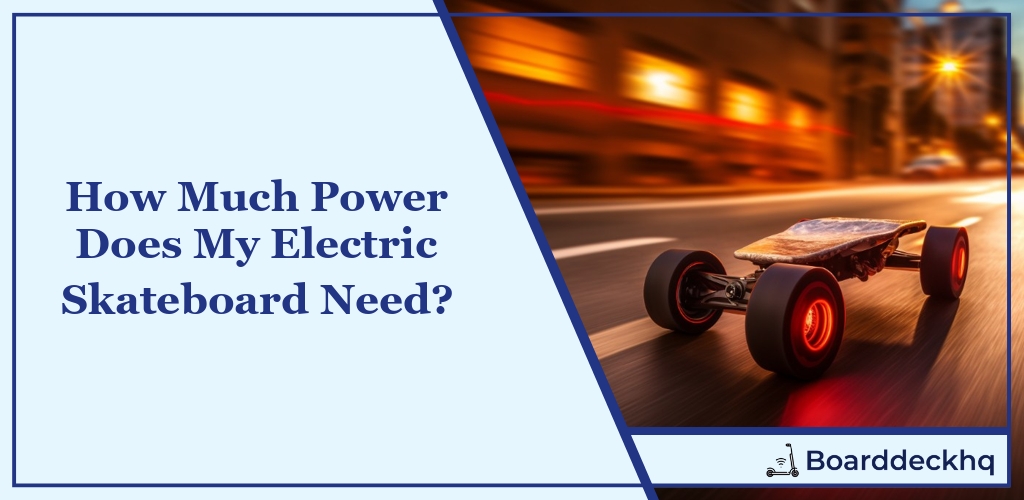Have you ever been cruising along on your electric skateboard, only to find the power drain unexpectedly? Understanding the power needs of your electric skateboard is more than just a fun fact — it’s crucial to your riding experience. Let’s unravel this electrifying mystery together, shall we?
What we’ll cover
- E-Skateboard Power Requirements
- Factors Affecting Power Needs
- Motor Specs and Power
- Battery Capacity and Power
- Power Consumption Reality
- Efficient Charging
- Science of Speed and Power
- Choosing the Right E-Skateboard
- Maintaining Optimal Power
- High-Power Skateboard Issues
Ready to roll? Let’s dive into the dynamic world of electric skateboarding and power needs!
Understanding Electric Skateboard Power Requirements
When it comes to determining the power requirements of your electric skateboard, there are a few key elements that you need to consider. These include watts, voltage, and ampere. Just like how a car runs on gasoline, your electric skateboard runs on electrical energy. The amount of this energy it uses is often measured in watts. Voltage and ampere, on the other hand, are more like the oil that keeps your engine running smoothly — they play a crucial role in ensuring your board’s motor operates at its peak performance.

Importance of Watts in Electric Skateboarding
Think of watts as the horsepower of your electric skateboard. The higher the wattage, the more power your board can deliver. This power translates into speed and torque, allowing your board to climb steep hills and accelerate quickly. As a rule of thumb, if you’re looking for maximum power in an electric skateboard, you’ll want to aim for a model that offers high wattage.
Role of Voltage and Ampere
Voltage and ampere play equally significant roles in determining the power needs of your electric skateboard. Voltage can be compared to the pressure of water in a pipe. The higher the voltage, the more potential energy is available to be used by the board’s motor. Ampere, on the other hand, represents the volume of electric current flowing from the battery to the motor. More amperes mean more current and consequently more power for the motor to use.
Significance of Motor Power
The power rating of the motor is another key factor that influences the overall power needs of an electric skateboard. A motor with a higher power rating will be able to deliver more torque and speed, thus requiring more power from the battery. It’s important to balance the motor power with the battery capacity to ensure optimal performance and longevity of your electric skateboard.
Factors Affecting Electric Skateboard Power Needs
The power needs of your electric skateboard are not solely determined by the specifications of the board itself. Other factors such as your weight, the terrain you ride on, and your riding style can significantly affect the power consumption of your electric skateboard.

Impact of Rider Weight
The weight of the rider is a significant factor that influences the power needs of an electric skateboard. The heavier the rider, the more power the board needs to move. This means that a heavier rider will drain the battery faster than a lighter one. If you’re on the heavier side, you might want to consider getting a board with a higher power rating or a larger battery.
Role of Terrain or Incline
The type of terrain or incline you ride on can also have a significant impact on your electric skateboard’s power requirements. Riding uphill or on rough terrain requires more power compared to flat or smooth surfaces. Therefore, if you frequently ride on hilly or rough terrains, you’ll need a board with higher wattage and battery capacity.
Influence of Riding Style
Your riding style can also influence the power needs of your electric skateboard. For instance, aggressive riding with lots of fast starts and stops will drain the battery faster than cruising at a steady speed. Similarly, performing tricks and stunts requires more power than casual riding. Therefore, if you have an aggressive riding style, you’ll need a board that can handle high power demands.
Motor Specifications and Electric Skateboard Power
Delving into the mechanical heart of your electric skateboard, the motor is the power plant driving your exhilarating rides. As a rider, understanding motor specifications and their impact on your e-skateboard’s power can help you make informed decisions when it comes to buying or upgrading your board.
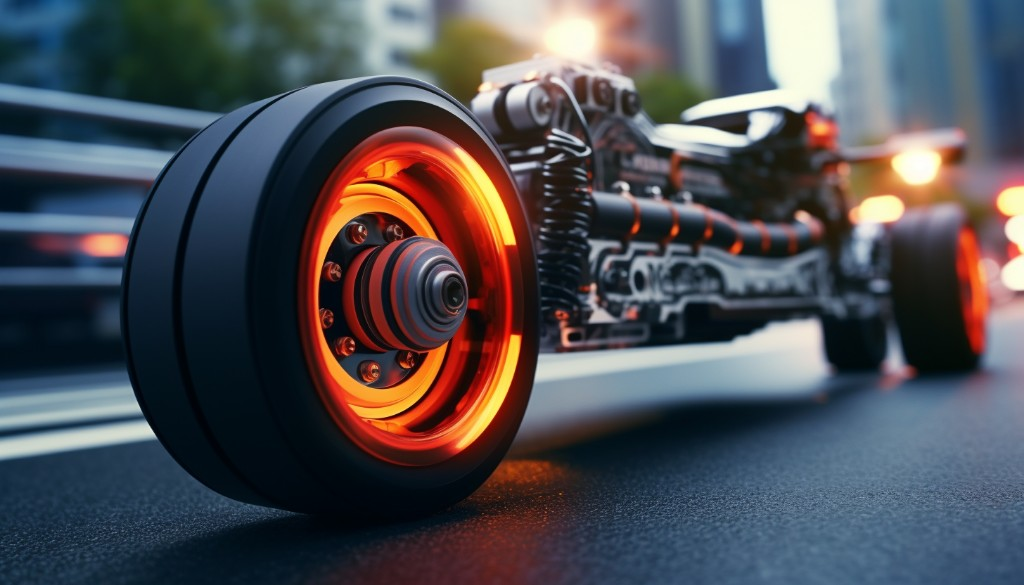
Understanding Outrunner Motors
Outrunner motors are the most commonly used motors in electric skateboards. With their spinning outer shell and stationary inner coil, these motors can generate high torque at low speeds. This is a key advantage for e-skateboards, as they require a strong initial torque to get moving from a standstill.
Motor Size and Power Needs
When considering motor size, it’s important to remember that bigger isn’t always better. A larger motor might offer more power, but it also demands more energy from the battery, shortening your ride time. Conversely, a smaller motor may not have the same power output but could be more energy-efficient, extending your ride. So, depending on your riding style and requirements, you might choose a larger motor for speed and torque, or a smaller one for longevity.
Sensored Versus Unsensored Motors
The choice between sensored and unsensored motors can also influence the power needs of your electric skateboard. Sensored motors come with sensors that provide data to the motor controller about the rotor’s position. This results in smoother acceleration and deceleration, but these motors are generally more expensive and complex.
Unsensored motors, on the other hand, lack these sensors, making them simpler and cheaper. However, they can sometimes cause a jerky start or abrupt stops due to the lack of positional data. Again, your choice would depend on your preference for smoothness versus cost.
KV Ratings and Their Impact on Power
KV ratings are a measure of the motor’s speed. Specifically, they denote how many revolutions per minute (RPM) the motor will make per volt without any load. A higher KV rating means the motor will spin faster, but it will also draw more power. Conversely, a lower KV rating results in slower speed but higher torque and better energy efficiency. Therefore, depending on whether you prioritize speed or energy efficiency, you might choose a high or low KV motor.
Battery Capacity and Electric Skateboarding Power
Moving onto the power storage of your electric skateboard, the battery plays a crucial role in determining your board’s range and power efficiency. Understanding battery capacity and its implications can help you optimize your rides for longer distances and better performance.
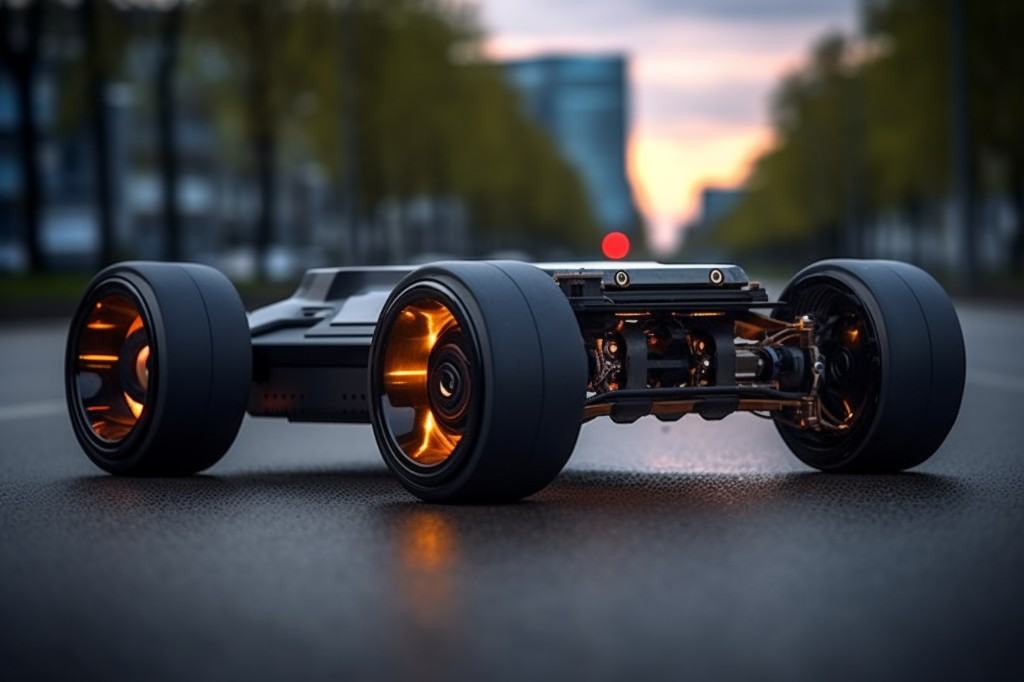
Conversion of mAh to Wh
To gauge your e-skateboard’s power needs, it’s useful to understand the conversion from milliamp hours (mAh) to watt-hours (Wh). Milliamp hours is a measure of the battery’s capacity, while watt-hours indicates the amount of power it can deliver over time. To convert mAh to Wh, you multiply the mAh rating by the voltage and divide by 1000. This gives you a more accurate picture of how long your battery can power your board under specific conditions.
Impact of Battery Capacity on Skateboard Range
The battery capacity directly influences the range of your electric skateboard. A higher-capacity battery can store more energy, translating into longer rides. However, it’s important to note that real-world conditions such as rider weight, terrain type, and riding style can significantly affect the actual range you get from your battery. So, while a high-capacity battery can theoretically offer more range, practical usage might differ.
Understanding these elements of your electric skateboard’s motor and battery can help you better estimate the power needs of your board. It empowers you to make informed decisions about upgrades, replacements, or new purchases, ensuring you get the most out of your e-skateboarding experience.
The Reality of Electric Skateboard Power Consumption
Ever wondered why your electric skateboard doesn’t meet the manufacturer’s range claims? It’s a question I often asked myself as I pushed my board to the limits, trying to squeeze out every last mile of battery life. The discrepancy comes down to the reality of power consumption in electric skateboards.
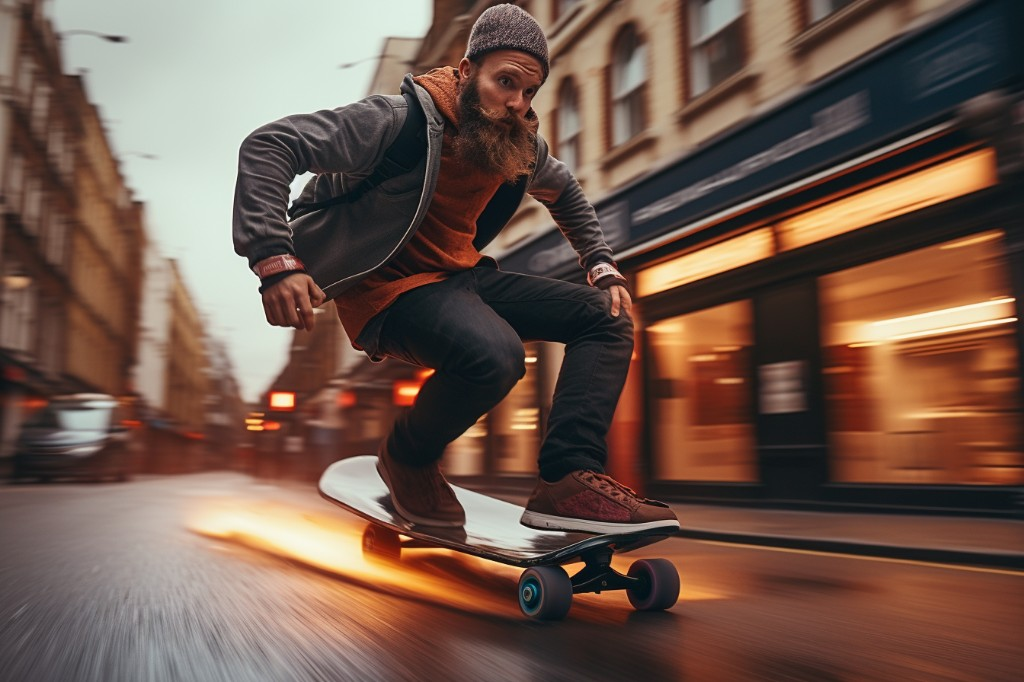
Testing Power Consumption in Real-World Conditions
Testing an electric skateboard’s power consumption in real-world conditions is like taking a car for a test drive. You wouldn’t buy a car without seeing how it performs on the road, right? The same applies to an e-skateboard. I recommend testing your board in conditions that mirror your typical usage – try it on hilly terrains, flat surfaces, and everything in between.
Use a GPS tracking app to measure the distance traveled and keep a close eye on battery depletion. This will give you a clear idea of your board’s actual power consumption.
Manufacturer Claims Versus Practical Range
Manufacturers often advertise their electric skateboards with impressive range claims, but in reality, these are often based on optimal conditions – a flat surface, no wind resistance, and a lightweight rider. In the real world, these conditions rarely align.
Take my experience as an example. My board, advertised with a 20-mile range, barely made it to 15 miles when faced with hills and a headwind. So remember, manufacturer claims should be taken as an optimistic estimate rather than a guaranteed range.
Charging Electric Skateboards Efficiently
Just like how we consider a vehicle’s gas mileage, knowing how to charge an electric skateboard efficiently is key to maximizing its performance and lifespan.
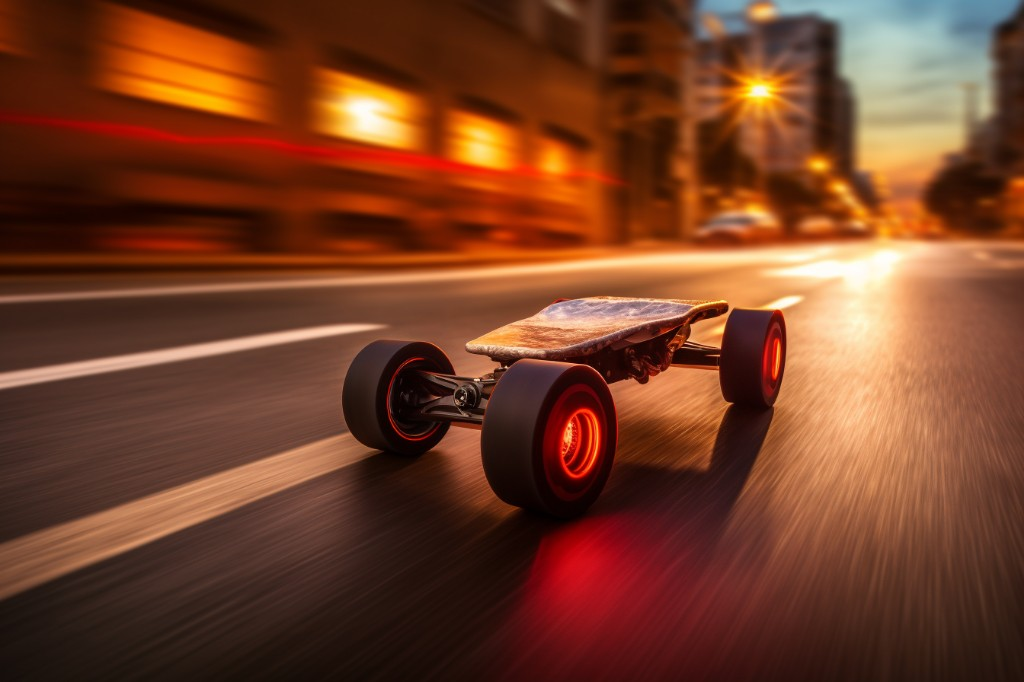
Power Inverter Requirements for Charging
One often overlooked aspect of charging an electric skateboard is the power inverter. This device converts the AC power from your wall outlet into DC power that your board’s battery can store. It’s important to ensure your inverter matches your board’s power requirements, typically listed in the product specifications. Using a mismatched inverter can lead to inefficient charging or even damage your board.
Determining When to Charge Your Board
Another crucial aspect of charging your electric skateboard efficiently is knowing when to plug it in. Most manufacturers recommend charging the board when it drops to around 20% battery life. This helps prevent over-discharging, which can shorten the battery’s lifespan.
On the other hand, it’s also important not to leave your electric skateboard charging for too long after it reaches 100%. Overcharging can also harm the battery, reducing its capacity over time. I’ve found it helpful to set a timer or use a smart plug that automatically turns off after a certain period.
Remember, understanding your board’s power needs and charging habits can greatly enhance your ride and prolong the life of your e-skateboard.
The Science Behind Electric Skateboard Speed and Power
Electric skateboards are all about power and speed. But to understand how these two components are related, we need to dive into the science behind electric skateboards. The keyword here is “top speed.” Top speed is the maximum speed an electric skateboard can achieve, and it’s a critical factor when assessing your e-skateboard’s power needs.
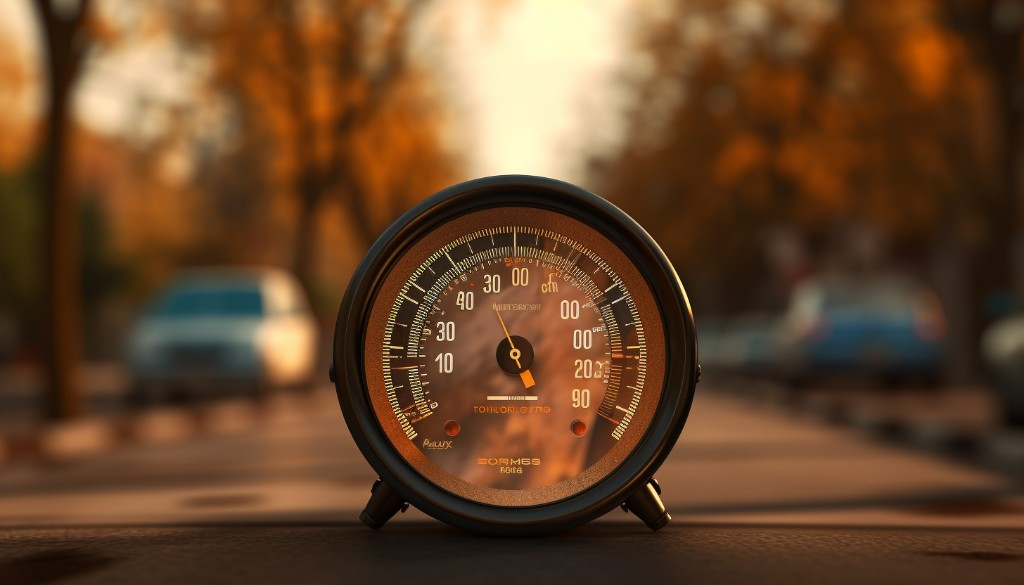
Relationship Between Power and Speed
In the world of electric skateboarding, power and speed go hand in hand. The motor’s power, measured in watts, directly impacts the board’s top speed. A higher wattage motor typically delivers a higher top speed because it can generate more force to overcome resistance like wind and friction.
However, it’s not as simple as “more power equals more speed.” Various factors such as the rider’s weight, the terrain, and even the board’s design can influence the actual speed you’ll get out of your board. For example, a heavier rider or rough terrain can slow down a high-power board.
Impact of Long Range on Power Requirements
Now, what about range? Well, an e-skateboard’s range – the distance it can travel on a single charge – significantly affects its power requirements. Essentially, if you want your board to go farther, it will need more power.
The battery is the main player here. Larger batteries can store more energy, allowing for longer rides. However, they also add weight to the board, which could reduce top speed. So, it’s a delicate balancing act between range, power, and speed.
How to Choose the Right Electric Skateboard Based on Power Needs
So now that we understand the relationship between power, speed, and range, let’s talk about how to choose the right electric skateboard based on your power needs.

Assessing Your Power Requirements
When determining your power requirements, consider the following:
- Your weight: Heavier riders will need more power to achieve the same speed as lighter riders.
- Terrain: If you’re planning to ride uphill or on rough terrain, you’ll need a more powerful board.
- Desired speed and range: If you want to go fast or ride long distances, you’ll need more power.
To get a rough estimate of your power needs, consider your weight, the terrain you’ll be riding on, and your desired top speed and range.
Choosing a Skateboard Based on Power Needs
After assessing your power needs, it’s time to choose an electric skateboard that meets those needs. Keep in mind that more power doesn’t always mean a better ride. Instead, focus on finding a board that has enough power for your weight and the terrain you’ll be riding on.
If speed is your top priority, look for a high-power board with a high top speed. However, if you value range over speed, consider a board with a larger battery. Just remember that a larger battery will add weight to the board, which may reduce its top speed.
In the end, choosing the right electric skateboard is all about understanding your personal needs and how power, speed, and range work together to deliver the ride you want. With this knowledge in hand, you’re ready to find the perfect board for your power needs.
Closing Thoughts
In conclusion, understanding the power requirements of your electric skateboard is crucial to achieving the desired performance and speed. The interplay between factors such as motor specifications, battery capacity, and power consumption plays a significant role in determining how much power your skateboard needs. Importantly, maintaining your electric skateboard properly can enhance its power efficiency and longevity.
However, it’s essential to strike a balance between power and safety to avoid potential issues associated with high-powered skateboards. The power of your electric skateboard is not just about speed but about the richness of your riding experience.
Frequently Asked Questions
How much power does my electric skateboard need?
The power needed for your electric skateboard depends on various factors, including the rider’s weight, the terrain, and the desired speed. More power generally translates to higher speeds and better performance on hilly terrains.
How does rider weight affect the power needs of an electric skateboard?
Rider weight significantly affects the power needs of an electric skateboard. Heavier riders may require more power for optimal performance, especially on uphill terrains.
What is the role of battery capacity in determining the range of an electric skateboard?
Battery capacity directly influences the range of an electric skateboard. A higher capacity battery can store more power, allowing for longer rides before needing a recharge.
How can I maintain my electric skateboard for optimal power?
Proper maintenance of your electric skateboard includes regular checks on the battery and motor, ensuring proper storage, and following charging best practices to ensure optimal power and longevity.
What are the potential risks of overpowered electric skateboards?
Overpowered electric skateboards can pose safety risks such as higher speeds leading to loss of control. It’s important to balance power with safety measures such as using protective gear and adhering to speed limits.
